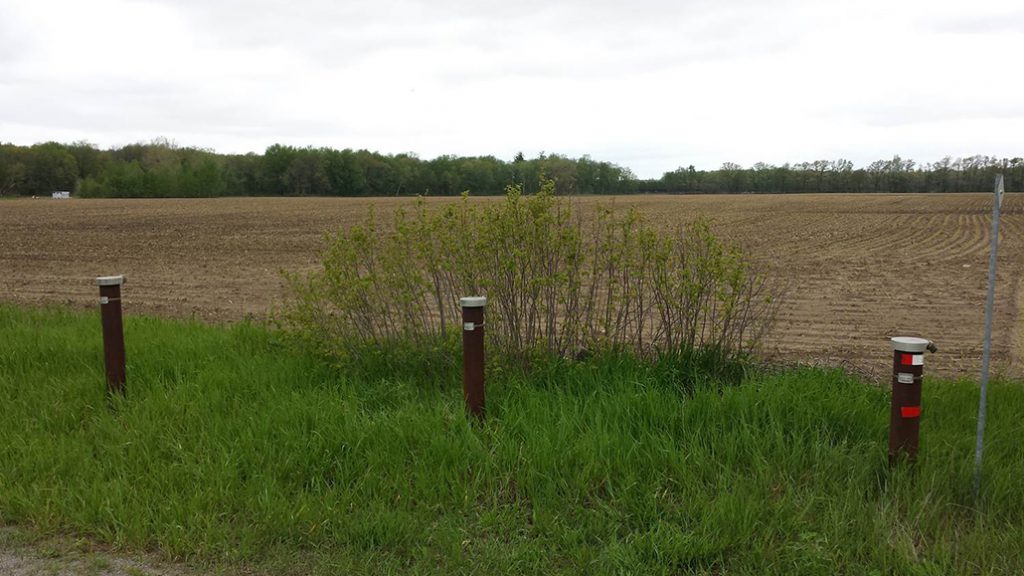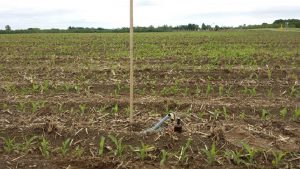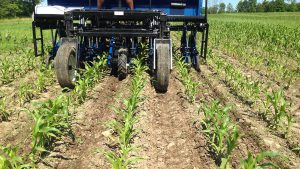Monitoring groundwater pollution
FOCUS ON NITRATE CONCENTRATIONS

GROUNDWATER IN ONTARIO is considered the most significant source of water for people in rural communities, their crops, and their livestock. And although groundwater is below the surface, it is still prone to pollution. But how is groundwater being affected by climate change? That’s what researchers are trying to find out.
Professor Jana Levison, of the School of Engineering at the University of Guelph, and her team of researchers are using computer modelling and simulations, based on field collected data, to examine concentrations of nitrate.
A high concentration of nitrate in groundwater, if used for irrigation, decreases the growth rate of crops, causing plants to wilt and inhibiting their ability to take in water.
So it’s important to get ahead of the problem before it escalates. And Levison and her team are among the first researchers to do so.
“While groundwater can be treated after it has already been contaminated, it is safer and less expensive to avoid pollution in the first place,” says Levison.
Levison and her team are investigating the variables involved with measuring nitrate concentrations, such as water levels. The research team is currently examining nitrate leaching in different geological settings across three field sites in Southwestern Ontario.
CLIMATE CHANGE
The potential impact on groundwater quality as a result of unaccounted weather changes is uncertain. But extreme weather conditions, such as sudden droughts or severe storms, could lead to increased nutrient inputs if it’s believed the crops need extra care. Excess nutrients can travel down into the subsurface impacting the groundwater quality.
Because weather changes can’t be controlled, examining and understanding nitrate concentrations in groundwater samples can help producers carefully manage their fertilizer and manure uses before and during extreme conditions. That way, fewer chemicals are transported into groundwater. As a result, concentrations are maintained within standard limits and pollution can be avoided.
“This project allows for an improved understanding of the interactions between agriculture and groundwater,” says Levison.
In January 2018, researchers will finalize results from the current sites under investigation. In the future, they will use numerical models to predict how groundwater quality is affected by climate change in order to promote improved agricultural practices and prioritize groundwater protection.

Collaborators from Guelph’s School of Engineering include Dr. Beth Parker, MASc students Nishant Mistry and Scott Gardner, and PhD student Shoaib Saleem. Dr. Ralph Martin also contributed to this project from the University of Guelph Department of Plant Agriculture.
Funding for this project was provided by Ontario Ministry of Agriculture, Food and Rural Affairs (OMAFRA) New Directions, Grain Farmers of Ontario, Dairy Farmers of Ontario, Ontario Federation of Agriculture, and Fertilizer Canada. •
Janan Shoja Doost is a writer with SPARK (Students Promoting Awareness of Research Knowledge) at the University of Guelph’s Office of Research. For more information, contact a SPARK writer at 519-824-4120, ext. 52667.




















